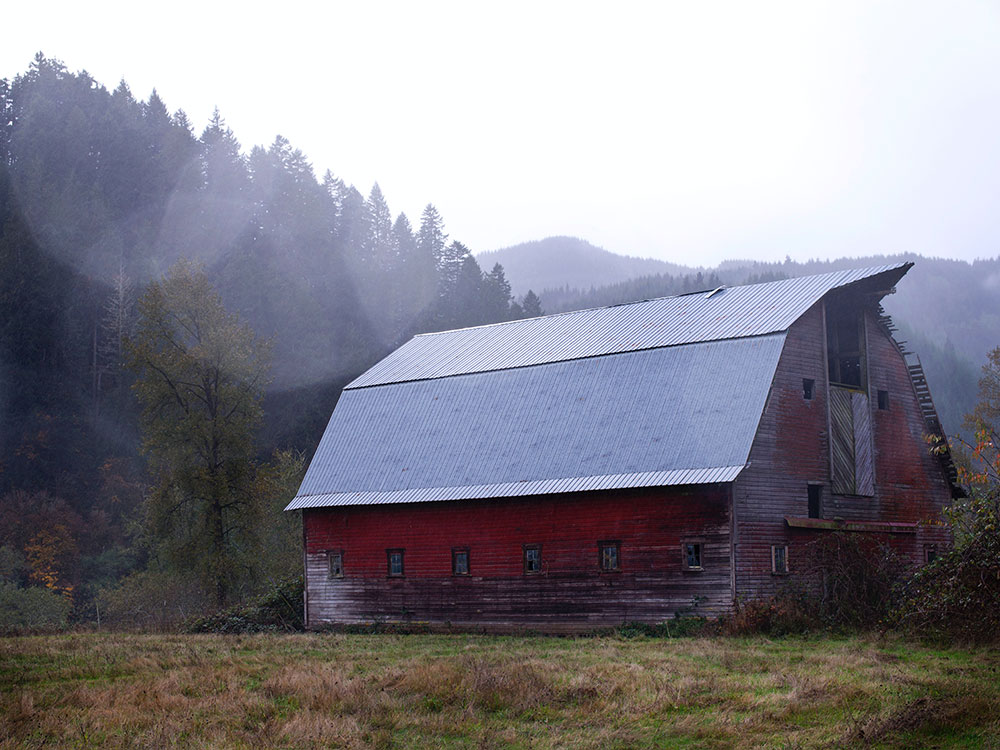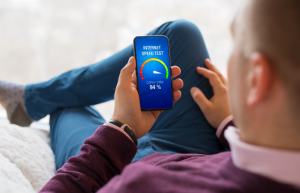The past few years there seems to be more and more media attention around having better rural internet options. Terms like Digital Divide make the conversation a bit more confusing, especially in areas where there seems to be options.
Defining Rural Broadband
Much of the confusion I think comes from people making the rules for funding rural internet not really having a clear definition of what ‘rural’ is or what ‘adequate service’ means. How big/not big does it mean to be rural?
I grew up as a kid in rural Montana (~2,000 person population) with the next closest town being about 30 miles away and was a booming metropolis of 1,800 people.
I also lived right outside of Seattle for 4 years and shared the road with 4 Million of my closest friends every time I went to the grocery store. Even in that environment, not too far out of the city there are pockets of poor internet access and the only options some people have are old DSL or Satellite.
So how do we begin to define rural, and what service do people need to not be part of the Digital Divide?
The definition of ‘Broadband’ has been a moving target and will continue to be so in the years to come. Since this is the case, areas across the country that had adequate ‘Broadband’ 10 years ago are now being left behind.
Broadbandnow.com has a great article on the change over time, and I borrowed their table from that article:
FCC Broadband Definition Over Time
| Date Adopted | Minimum Download | Minimum Upload | FCC Commissioner |
|---|---|---|---|
| 2015 | 25 Mbps | 3 Mbps | Tom Wheeler, D |
| 2010 | 4 Mbps | 1 Mbps | Julius Genachowski, D |
| 1996 | 200 Kbps | 200 Kbps | William Kennard, D |
*Data via FCC Public Records
This change started pushing government organizations to see what they could do to help internet companies make that a reality for people so that they could then have access to ‘Broadband.’
Fixing the Digital Divide
Satellite Internet decided to come to the rescue with the digital divide and create plans around the 25/3 broadband definition. Therefore anywhere you can get satellite internet, you now are NOT part of the digital divide and have broadband access. Right? Not quite…
I’ve had the opportunity to work with Polk County, Oregon on addressing some of the rural internet and broadband issues. Polk County is doing great things in terms of addressing what access the county has and in what areas to help providers see areas of opportunity to go in and serve. The did an extensive survey of residents in the rural areas of the county and had some great findings! Check out their survey and findings here.
As I’ve been in several of these meetings, I have heard over and over people talk about the funding that government agencies have to help pay for rural internet access. Since the money is there for the taking, we (the ‘we’ could be the ISP, the local government, a bunch of individuals, etc. depending on who is talking) need to go take it!
I wish it were that simple, but alas, it is not. If you recall, the satellite internet companies already provide 25/3 service, so by that definition, any area that is able to get satellite internet does not qualify for government funding. No, I’m not joking, it is the reality of the situation.
It isn’t as simple of an issue as many people think it should be. The target that people are striving for today (25/3) will probably be obsolete in the next 10 years. Satellite isn’t fast enough, cell companies have tough data caps, building fiber optics to every address in the United States is incredibly cost prohibitive and impractical… So what is the answer to the digital divide?
Local Internet Companies to the Rescue!
As crazy as it sounds; local internet companies are probably the best bet for helping overcome the digital divide. This isn’t just because I work for a local internet company (a really cool one I might add…) but the local companies are the ones that use the service they’re selling, and they probably live in rural areas just like you do! And since the local internet companies have to sell the internet, chances are good that they need to have good internet at their houses and places of work in order to make their network work.
In all the conversations I’ve had with people around this issue, the one thing that I have found is that there are generally options for people. That isn’t 100% true; the Polk County survey definitely found some areas where there is poor service or no service. Once local internet companies see and hear a need, they are the most willing to help figure out solutions to making that happen; we are neighbors after all!
That’s what I’ve loved about working at Alyrica; I know now that there are options that I never would have imagined before and that the digital divide isn’t as wide or expansive as some would have you believe.
If you haven’t checked our coverage recently; you may be surprised to find that you may be able to get Alyrica service at your house or business. And IF you are out of our main coverage area, we probably know the next best provider who may be able to get you online since we have connections in the industry.
Friendly, solution oriented customer service; that’s Alyrica!






